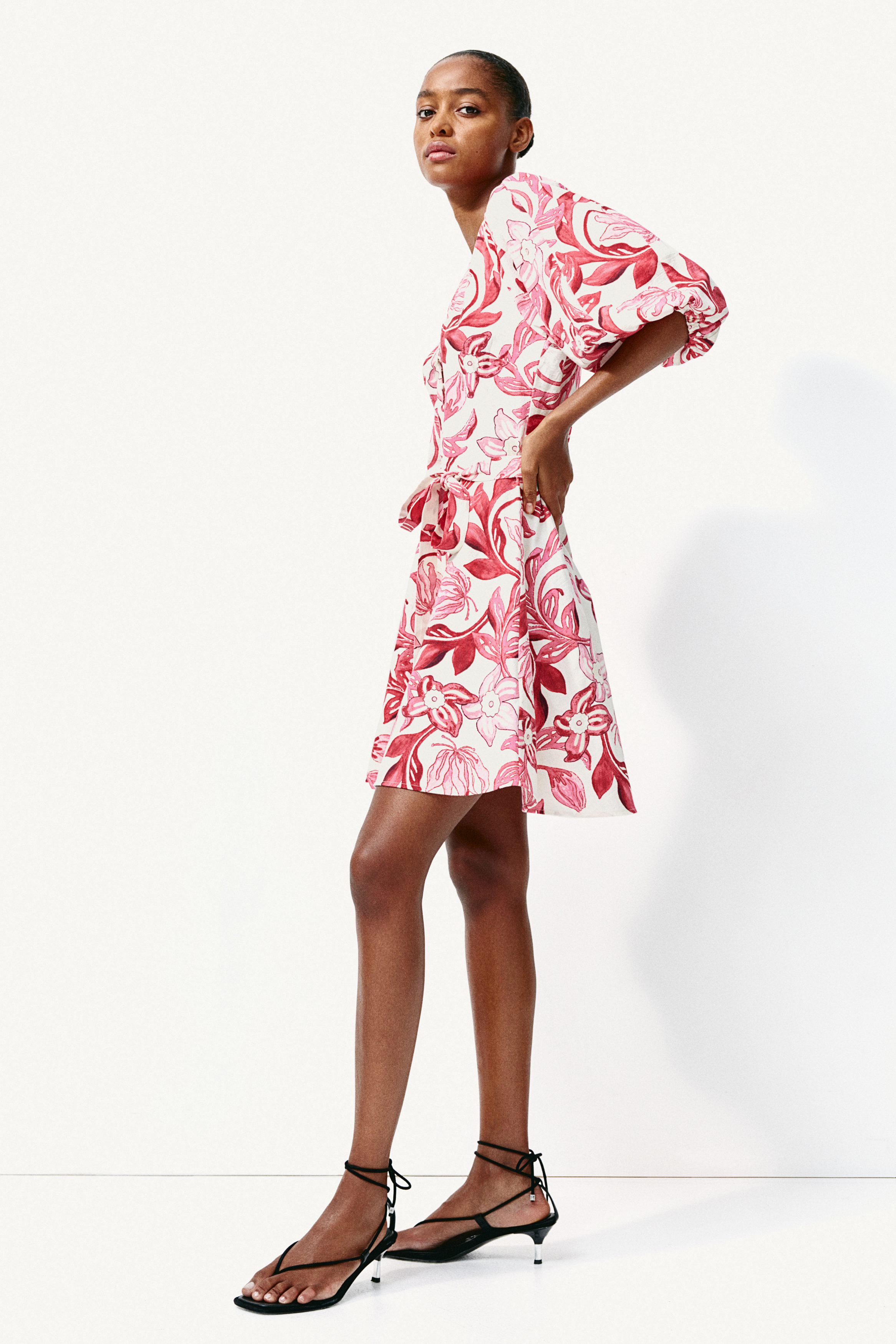The Symbolism and Significance of a Leaders Tie in Team Management
As a team leader, your appearance plays a crucial role in shaping the overall impression you make on your team. One aspect that often gets overlooked is the simple yet powerful tool of a tie - a piece of clothing that can convey a range of emotions, attitudes, and even leadership styles. In this article, we will explore the symbolic meanings behind the leader's tie and how it can be used to enhance your leadership skills.
The Evolution of the Tie as a Formal Accessorize
Ties have been a part of formal attire for centuries, dating back to the 18th century when they were worn by men in Europe. Initially, ties were designed as a functional accessory to hold a shirt together, but over time they became more than just a practical item. Ties began to symbolize status and elegance, with wealthy individuals wearing them as a way to show off their wealth and social standing. As fashion evolved, so too did the tie, with different materials, colors, and patterns becoming popular among different social classes.
Today, ties are considered a staple of formal attire and are often worn with suits and dress shirts. They come in a wide variety of styles, from classic solid colors to bold patterns and intricate designs. As a leader, wearing a tie can help you project an image of professionalism and confidence, while also showing respect for the formal nature of the occasion.

The Power of Color in Tie Design
Colors have long been associated with different emotions and attitudes, and this is no less true when it comes to ties. The color you choose for your tie can convey subtle messages about your personality, values, and leadership style. Here are some common color choices and what they might say about you:
1. Red: Red is often associated with power, passion, and urgency. A red tie might signal that you are a confident and decisive leader who is not afraid to take risks. However, it can also come across as aggressive or overwhelming if not used correctly.
2. Blue: Blue is a versatile color that can represent trustworthiness, stability, and competence. A blue tie might suggest that you are a responsible and dependable leader who prioritizes stability and order. However, it can also come across as boring or unoriginal if overused.
3. Black: Black is often associated with sophistication, elegance, and professionalism. A black tie can signal that you are a well-groomed and polished leader who takes pride in your appearance. However, it can also come across as cold or distant if not paired with appropriate attire.
4. White: White is associated with purity, simplicity, and humility. A white tie might indicate that you are a humble and approachable leader who values honesty and transparency. However, it can also come across as bland or lacking in character if not paired with suitable accessories.

Using Ties to Showcase Your Leadership Style
The way you wear your tie can also reflect your unique leadership style. For example, if you are a creative problem solver who values flexibility and adaptability, you might opt for a colorful or patterned tie that reflects these qualities. If you are a strict disciplinarian who values order and structure, you might choose a solid-colored or geometric tie that conveys these attributes. By carefully selecting and pairing your tie with other aspects of your wardrobe, you can create a cohesive look that reinforces your leadership style.
Conclusion
In summary, the leader's tie is more than just a piece of clothing; it is a powerful tool for conveying confidence, professionalism, and leadership style. By understanding the symbolic meanings behind different color choices and how to use them effectively in combination with other elements of your wardrobe, you can create a lasting impression on your team and enhance your overall leadership abilities. So next time you put on your tie, remember that you are not just dressing up - you are signaling who you are as a leader and what you stand for.
Articles related to the knowledge points of this article::
Title: Dressed to the nines: The Art of Combining Western Suits and Chinese Headwear
The Proper Placement of the Lower End of a Tie
Title: Mastering the Art of Wearing European and American Ties: A Guide for Ladies
The Art of Tie Tying: Understanding the Appropriate Placement of a Tie Knot (From Bottom to Top)



